Last Saturday we joined a Croydon Music Heritage Trail tour around the centre of Croydon. We (along with a dozen or so other walkers) met our three friendly guides from the Museum of Croydon by the new music mural ( ‘Croydon Symphony’ by ATMA) in Queen’s Gardens. The tour serves as a great introduction to the Music Trail app, as over the next hour and a half we went on a truncated version of the Central Trail. When you download the app you’ll see there is also a Northern Trail and an ‘Explore Further’ trail.
Through various Croydonist articles over the years on our borough’s vibrant musical heritage we obviously already have a fairly decent grounding on Croydon’s music history, so personally I enjoyed the more quirky facts that were included in the trail.
Here’s some trivia I didn’t know, in the order of the route we took (the app takes you around these locations in a slightly different order in case you’re wondering about our random numbering).
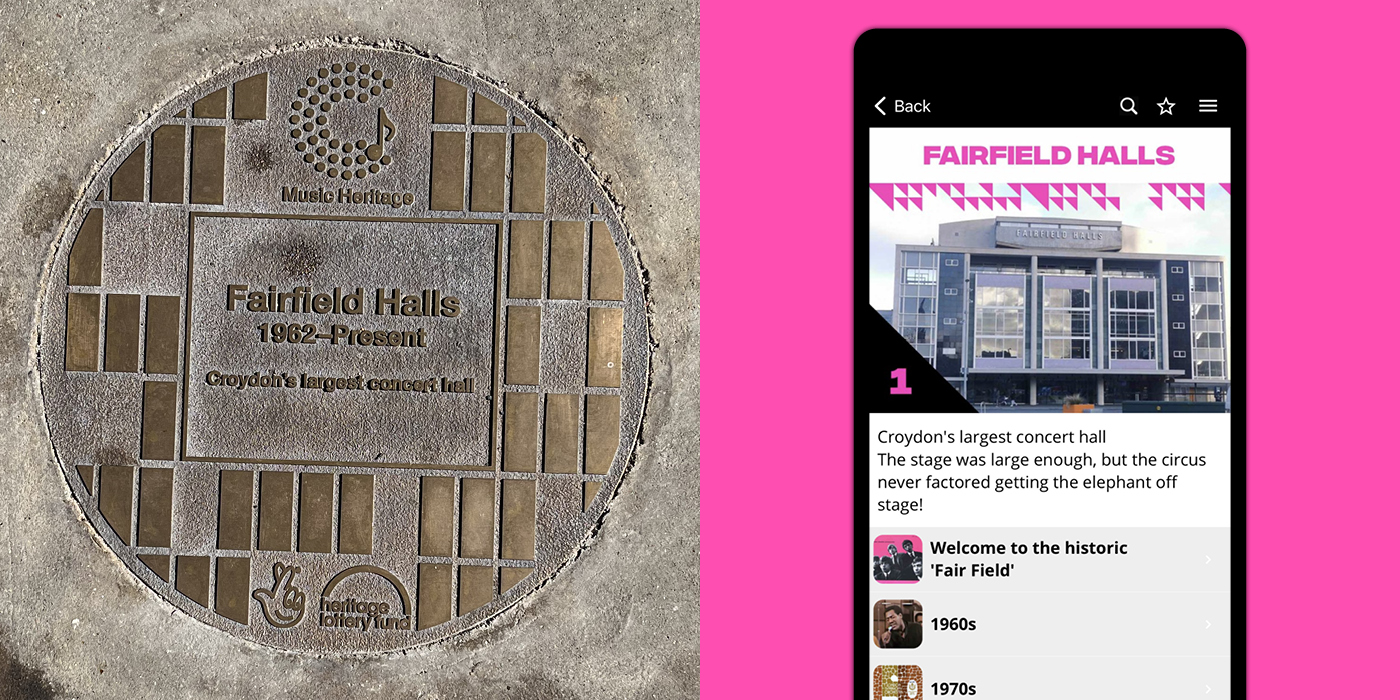
Fairfield Halls stop
The Damned’s Captain Sensible and Rat Scabies worked as toilet cleaners at the Fairfield Halls in the 1970s! Word has it that they then incorporated toilet brushes into their act when they performed at the Fairfield many years later as a nod to this.
Boxpark stop
In the 1970s, there was a record store called ‘Bonaparte’s’ in a parade of shops where Boxpark now stands. Croydon-born singer songwriter Kirsty MacColl used to work there.
Bonapartes also had a short-lived record label which released an early project by Ian Drury.
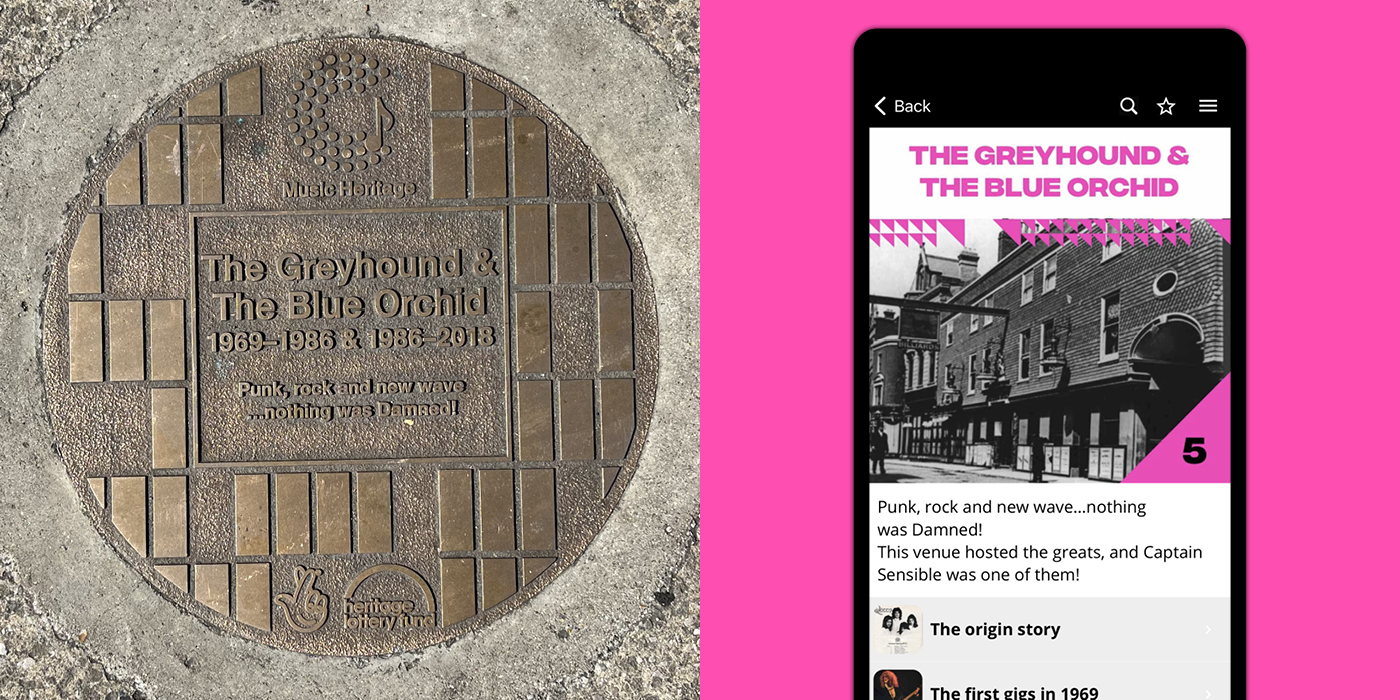
St George’s Walk stop
The Greyhound pub opened in the 1960s at the entrance to the St George’s Walk precinct. It became the heart of the punk and new wave scene, and in the 70s stars such as Queen, David Bowie, Elton John and a whole lot more played there. In the 80s the live music scene evolved (with the birth of MTV and CDs), and sadly many smaller venues were forced to close, including the Greyhound.
In 1986 the space reopened as the Blue Orchid nightclub (which had a very specific reputation when I was at secondary school in the 90s – you either frequented the Blue Orchid, or the Black Sheep Bar, generally not both…)
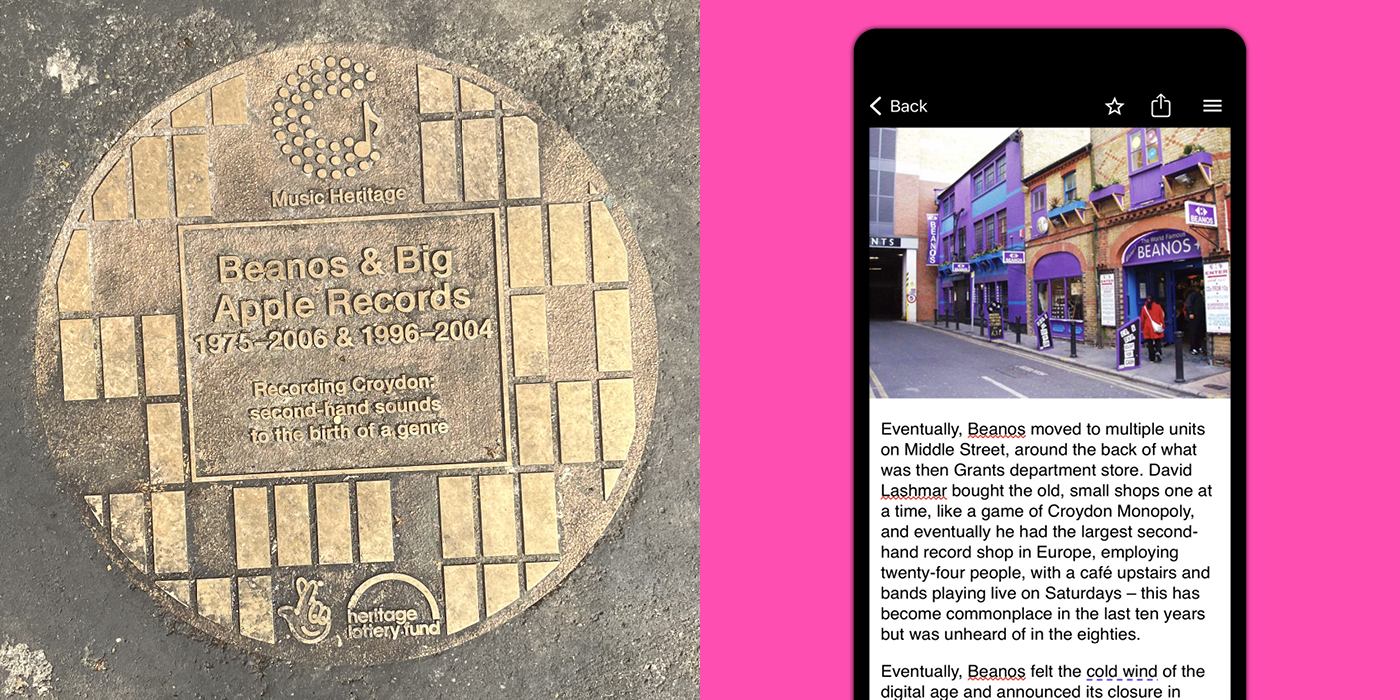
Crown Hill stop
Most Croydon residents have heard of the mecca that was Beanos – the record store tucked around the back of Surrey Street market that closed its doors in the noughties. What I didn’t know was that it started life as Bell Hill Cassettes in 1974, but owner David Lashmar changed its name to Beanos in 1977, naming it after his favourite comic. Incidentally Beanos moved premises three times from Bell Hill to Surrey Street to Middle Street.
Meanwhile, around the corner on Surrey Street in 1992, Big Apple Records was founded by Gary Hughes, Steve Robertson and John Kennedy. The store is attributed to being the birthplace of Dubstep. The store’s label ‘Big Apple Music’ was the first to release the music of Benga, Skream and Digital Mystikz in the early noughties.
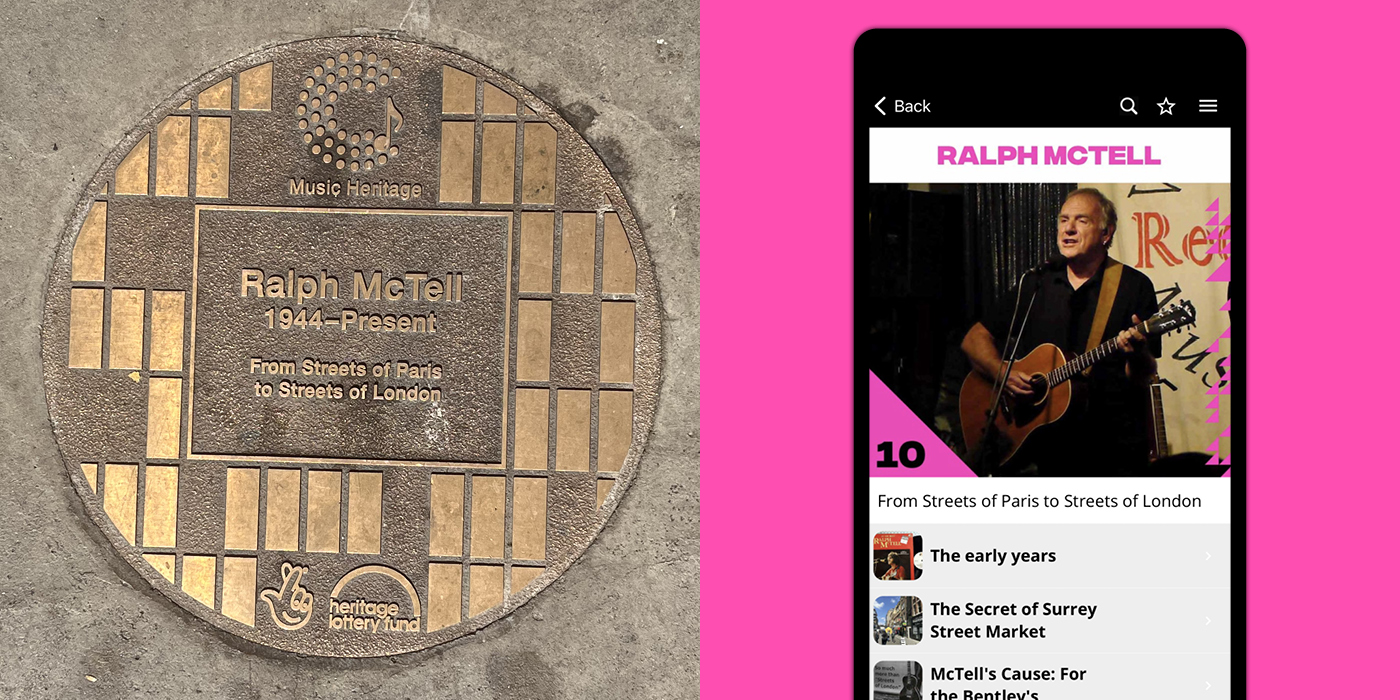
Surrey Street stop
English singer-songwriter and guitar player Ralph McTell, who’s most famous song was Streets of London which has been covered by more than 200 artists, grew up in Croydon. I didn’t realise that chunks of the Streets of London lyrics were about Surrey Street Market. I also wasn’t aware that McTell wrote a song about the famous 1950s Derek Bentley case (Bentley was hanged for the murder of a Croydon policeman he was posthumously pardoned for 40 years later).
Black Sheep Bar stop
Now Polish Deli Mleczko, the Black Sheep was a bar I used to frequent in my teens and twenties. I didn’t realise it started life in 1997 as a restaurant and was run by same people as The Greyhound pub – Paul and Howard Bossick.
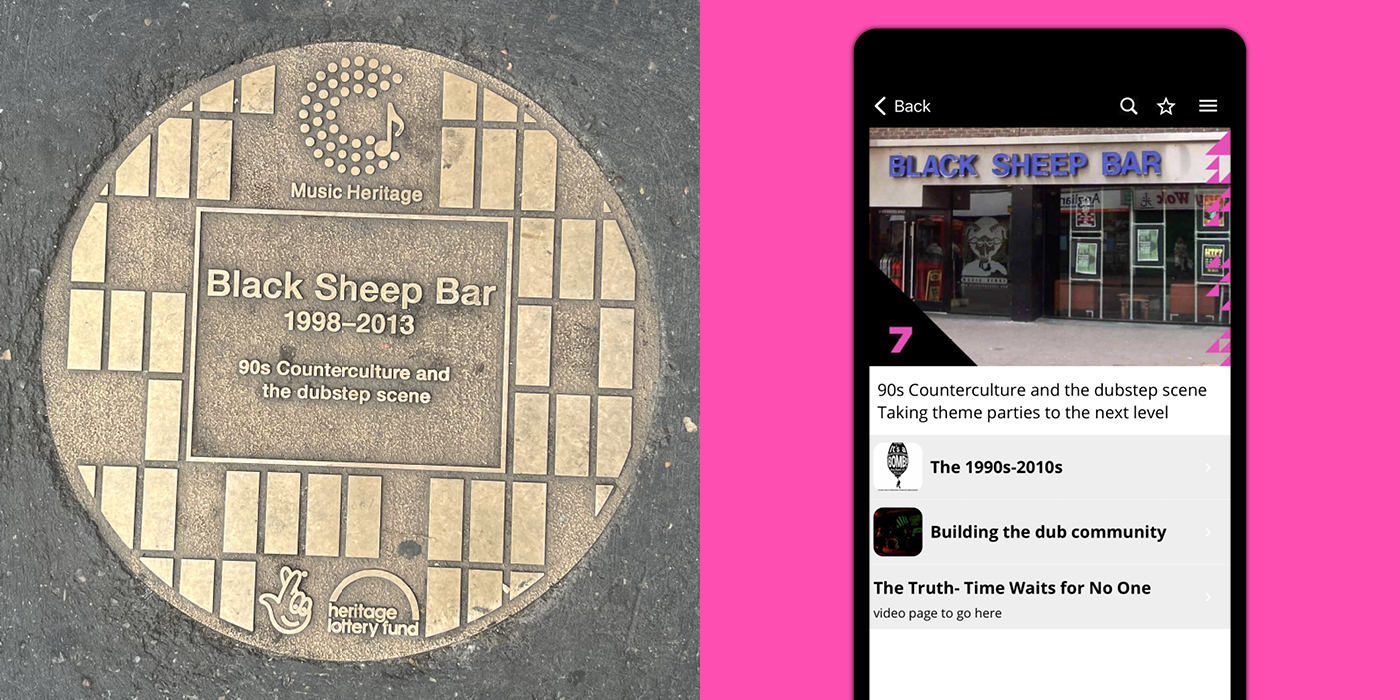
This is just a small selection of locations on the Music Heritage Trail so I urge you to take a look at the app, as you are given a potted history of each music location (great for those local pub quizzes) as well as audio stories and videos to bring the history to life.
Find out more about the trail on both the This Is Croydon and Museum of Croydon websites. To download the app go to Google Play or the App Store and search for ‘Croydon Music Heritage Trail’. If apps aren’t your thing you can download a pdf of a lot of the content here.
There are more guided tours running through September and October – check out the dates here.
Oh and do look out for the rather lovely cast-bronze plaques set into the pavements around Croydon denoting the different locations.
Images: screenshots of the Croydon Music Heritage Trail app; trail photos by the Croydonist.
Posted by Julia
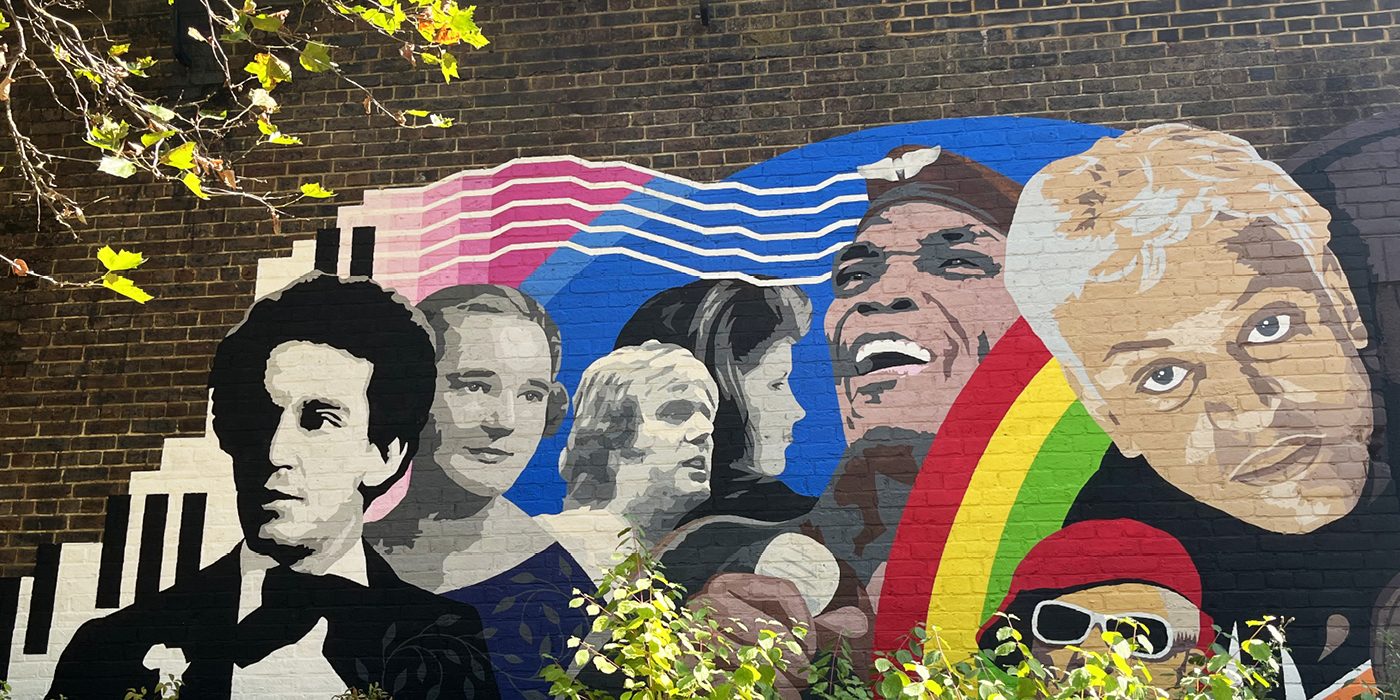
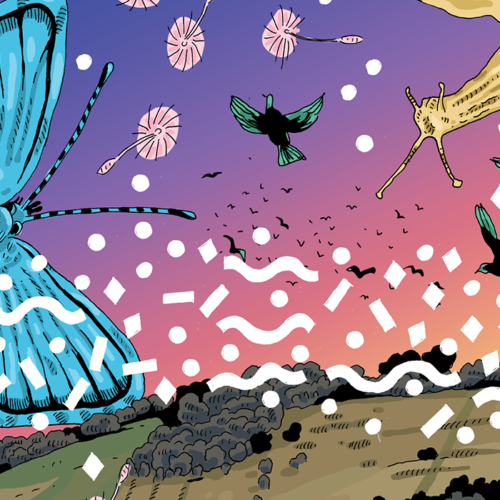
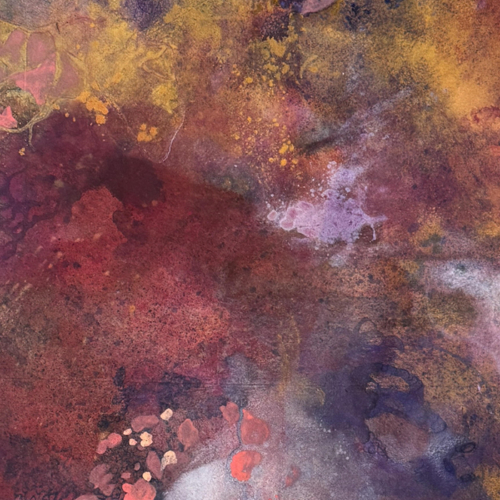
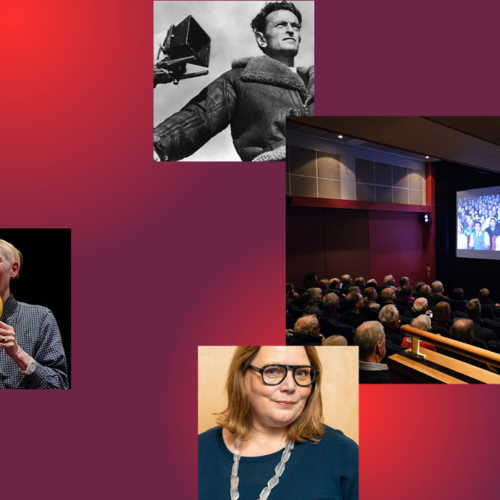
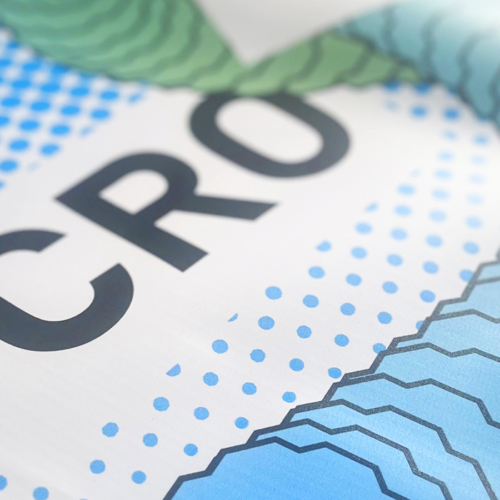
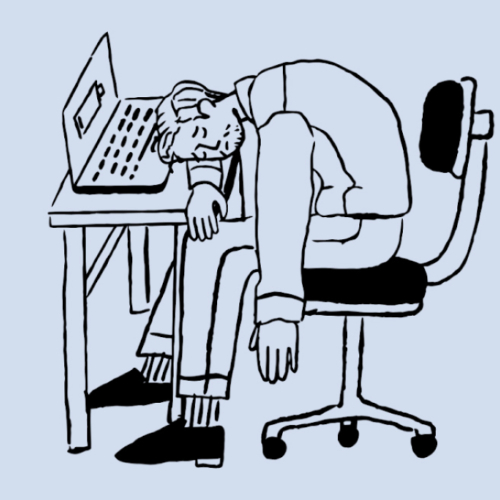
Great article. Sorry to be pedantic but it’s Ian Dury, not Drury. A spelling mistake made in a poster for The Greyhound in 1977 and perpetuated forevermore.